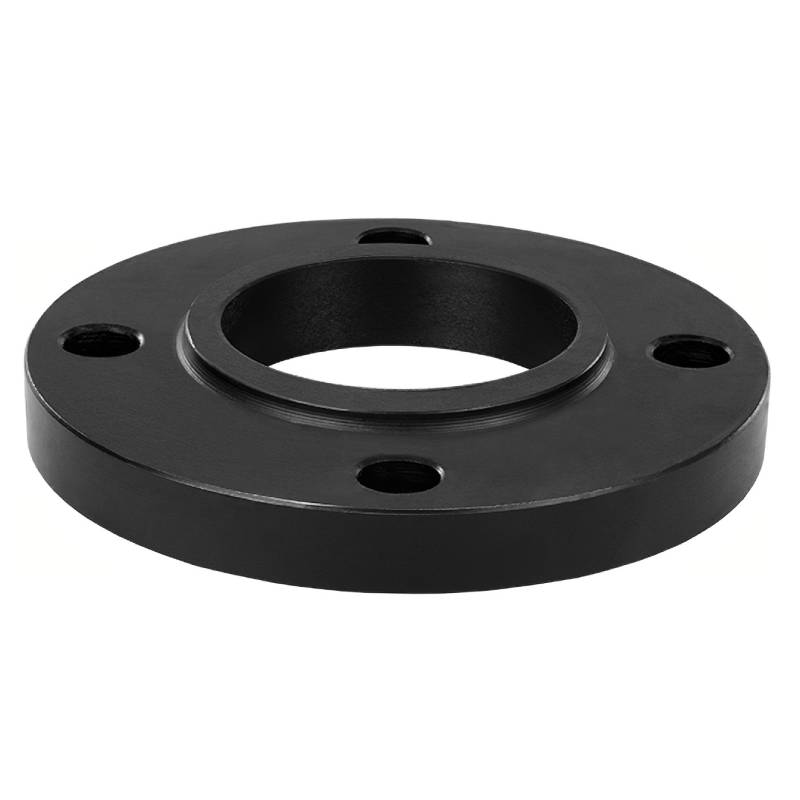-
Cangzhou Yulong Steel Co., Ltd.
-
Phone:
+86 13303177267 -
Email:
admin@ylsteelfittings.com
- English
- Arabic
- Italian
- Spanish
- Portuguese
- German
- kazakh
- Persian
- Greek
- French
- Russian
- Polish
- Thai
- Indonesian
- Vietnamese
- Zulu
- Korean
- Uzbek
- Hindi
- Serbian
- Malay
- Ukrainian
- Gujarati
- Haitian Creole
- hausa
- hawaiian
- Hebrew
- Miao
- Hungarian
- Icelandic
- igbo
- irish
- Japanese
- Javanese
- Kannada
- Khmer
- Rwandese
- Afrikaans
- Albanian
- Amharic
- Armenian
- Azerbaijani
- Basque
- Belarusian
- Bengali
- Bosnian
- Bulgarian
- Catalan
- Cebuano
- China
- China (Taiwan)
- Corsican
- Croatian
- Czech
- Danish
- Esperanto
- Estonian
- Finnish
- Frisian
- Galician
- Georgian
- Kurdish
- Kyrgyz
- Lao
- Latin
- Latvian
- Lithuanian
- Luxembourgish
- Macedonian
- Malgashi
- Malayalam
- Maltese
- Maori
- Marathi
- Mongolian
- Myanmar
- Nepali
- Norwegian
- Norwegian
- Occitan
- Pashto
- Dutch
- Punjabi
- Romanian
- Samoan
- Scottish Gaelic
- Sesotho
- Shona
- Sindhi
- Sinhala
- Slovak
- Slovenian
- Somali
- Sundanese
- Swahili
- Swedish
- Tagalog
- Tajik
- Tamil
- Tatar
- Telugu
- Turkish
- Turkmen
- Urdu
- Uighur
- Welsh
- Bantu
- Yiddish
- Yoruba

Oct . 21, 2024 16:14 Back to list
45-degree elbow fitting 15mm for optimal plumbing solutions and designs
Understanding the 45° Degree Elbow in 15mm Piping Systems
When it comes to plumbing, heating, and various industrial applications, the right fittings play an essential role in ensuring smooth flow and functionality. One such fitting that often captures the attention of engineers and technicians alike is the 45° degree elbow, specifically in 15mm piping systems. This article explores the significance of the 45° elbow, its applications, and how it contributes to the efficiency of piping networks.
What is a 45° Degree Elbow?
A 45° degree elbow is a type of pipe fitting used to change the direction of fluid flow within a piping system. Unlike its more common 90° counterpart, the 45° elbow provides a gentler turn, making it preferable in situations where minimizing turbulence and pressure loss are crucial. The 15mm refers to the nominal diameter of the pipes it is designed to fit, a size frequently utilized in residential and commercial plumbing, as well as in certain industrial applications.
Applications and Benefits
The applications of 45° degree elbows are broad and varied. In residential settings, they are commonly used in water supply lines, heating systems, and drain lines. In industrial contexts, they can be found in HVAC systems, chemical processing, and food and beverage pipelines.
One of the primary benefits of using a 45° elbow is that it reduces resistance to flow. This is particularly important in systems where efficiency is paramount. By allowing a smoother transition between pipes, these elbows can help maintain consistent pressure and flow rates, ultimately leading to energy savings. Moreover, in systems designed for sensitive processes, such as chemical handling, the risk of turbulence can be minimized, preventing potential damages or inefficiencies.
45 degree elbow 15mm

Installation and Considerations
Installing a 45° elbow is generally straightforward, but there are several factors to consider to ensure optimal performance. First, the compatibility of materials is critical. Common materials for 15mm piping include copper, PVC, and PEX. Each material has specific installation requirements and compatibility considerations that must be taken into account.
Next, the alignment and secure fitting of the elbow are vital to preventing leaks. Proper tools and techniques should be employed during installation. For example, when soldering copper elbows, proper cleaning and flux application will ensure that the connection is strong and leak-free. Using the right fittings and maintaining proper alignment can go a long way in extending the lifespan of the installation.
Conclusion
In summary, the 45° degree elbow is an essential component of many piping systems, especially those with a 15mm diameter. Its ability to facilitate smoother transitions in fluid flow makes it a critical fitting in both residential and industrial applications. By reducing turbulence and pressure loss, this fitting not only enhances the efficiency of the system but also prolongs its lifespan.
Choosing the right elbow size and material, along with proper installation techniques, can significantly impact the overall performance of a piping network. Understanding the importance and application of the 45° degree elbow can help engineers and technicians make informed decisions that lead to more efficient and effective plumbing solutions. Whether it’s in a simple home renovation or complex industrial setup, this humble fitting plays a vital role in achieving the desired results.
Latest news
-
ANSI 150P SS304 SO FLANGE
NewsFeb.14,2025
-
ASTM A333GR6 STEEL PIPE
NewsJan.20,2025
-
ANSI B16.5 WELDING NECK FLANGE
NewsJan.15,2026
-
ANSI B16.5 SLIP-ON FLANGE
NewsApr.19,2024
-
DIN86044 PLATE FLANGE
NewsApr.19,2024
-
DIN2527 BLIND FLANGE
NewsApr.12,2024
-
JIS B2311 Butt-Welding Fittings LR/SR 45°/90° /180°Seamless/Weld
NewsApr.23,2024
-
DIN2605-2617 Butt-Welding Fittings LR/SR 45°/90°/180° Seamless/Weld
NewsApr.23,2024











